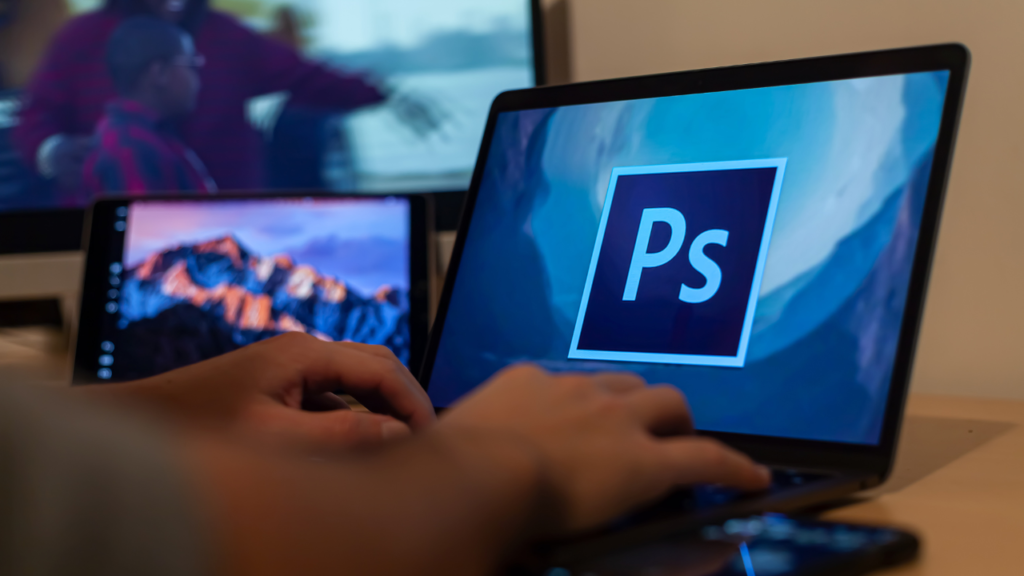Transform Your Design Game with Photoshop Tutorials from NerdUsed.com
NerdUsed provides a wealth of resources for advancing graphic design skills, featuring a range of tutorials and tools for all levels. Photoshop tutorials are crucial for mastering this powerful software. By leveraging these tutorials, users can fully unlock Photoshop’s potential and elevate their creative projects.
The Basics of Photoshop
Before diving into advanced techniques, it’s crucial to understand the fundamentals of Photoshop. Start with tutorials that cover essential tools and functions. Learn about layers, brushes, and selection tools. Familiarize yourself with the workspace and how to navigate the interface efficiently. These tutorials often include step-by-step guides on creating simple projects, such as a simple photo edit or graphic design.
Photo Editing Essentials

Photo editing is one of Photoshop’s core strengths. Tutorials in this category teach you how to enhance and manipulate photographs. Learn to adjust brightness, contrast, and saturation for better images. Discover portrait retouching techniques and master layer masks for non-destructive edits and refined results.
Adding Flair to Your Designs
Once you’re comfortable with the basics, it’s time to explore creative effects. Tutorials in this area often cover creating eye-catching graphics, such as text effects, lighting effects, and digital painting.
Advanced Photoshop Skills on NerdUsed.com
For those looking to push their skills further, advanced tutorials offer a deep dive into sophisticated techniques. Explore advanced compositing to seamlessly blend images, experiment with 3D effects and animations for dynamic visuals, and use scripting and automation to streamline tasks and boost productivity.
Practical Tips for Success
Practice is vital to getting the most out of Photoshop tutorials. Apply what you learn to personal projects or freelance work to build confidence and refine your skills. Engage in online communities or forums to ask questions and get feedback from other Photoshop users.
Regularly review your work and stay updated with new features and techniques to keep your skills sharp and relevant.
Photoshop is a versatile tool that can transform your creative vision into reality. You can enhance your proficiency and expand your design capabilities by exploring a range of tutorials, from essential functions to advanced techniques. Remember, mastering Photoshop is ongoing, and every new tutorial offers an opportunity to learn and grow. Embrace the process, keep experimenting, and watch your design skills flourish.








 Designers have noticed this and they are beginning to move towards having the ability to provide and also learning. They will always be a spot for you, when you are relying to save you, if during your design talents you’ve got the capability to bring in clients and earn a business money. Have a hint from animals which have been for thousands of years on this world: learn how to adapt to live.
Designers have noticed this and they are beginning to move towards having the ability to provide and also learning. They will always be a spot for you, when you are relying to save you, if during your design talents you’ve got the capability to bring in clients and earn a business money. Have a hint from animals which have been for thousands of years on this world: learn how to adapt to live.
 Then it’s time you impress everyone by your photos and need to do discover the
Then it’s time you impress everyone by your photos and need to do discover the 
